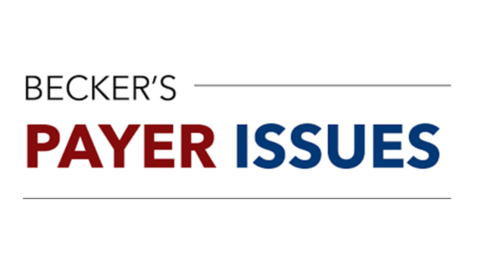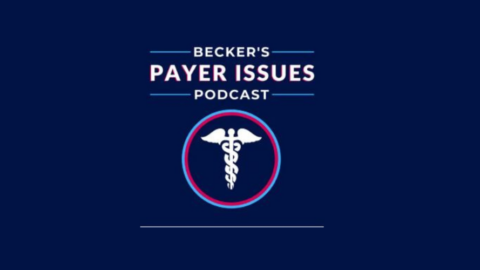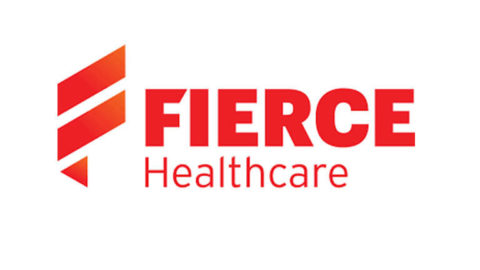Payment Model Demonstration Project
The Payment Model Demonstration Project will test a common value-based payment model with approximately 100 practice locations in California to strengthen primary care delivery. The overarching goal of the demonstration project is to provide additional resources for primary care providers, equipping them to deliver high-quality patient care and achieve better outcomes. These resources include helping to boost revenue, providing technical assistance and delivering data exchange and insights. Due to the variety of payers that practices contract with, implementing payment changes collectively has the potential to yield greater positive impact compared to individual plan-driven efforts.
As the next phase of the California Advanced Primary Care Initiative, the demonstration project is a collaboration of PBGH’s California Quality Collaborative (CQC) and the Integrated Healthcare Association (IHA), as well as three participating health plans – Aetna, Blue Shield of California and Health Net – beginning with onboarding on October 1, 2024 and ending December 31, 2026.
Barriers for Primary Care Practices
Primary care is the backbone of any high-performing health care delivery system, but it has been chronically underfunded, receiving approximately 4-7% of health care dollars while about 55% of health care visits take place in primary care settings.
The many barriers to the delivery of advanced primary care were underscored by pandemic burnout experienced by primary care providers. Small independent primary care practices, the primary focus of this demonstration project, are particularly affected by these barriers, which include misaligned payer incentives, minimal integration with other elements of care and the lack of necessary infrastructure, technology and workforce.
Common Value-Based Payment Model
Through the payment demonstration project, health plans will offer two similar versions of a value-based payment model. Practices may be paid under one or both depending on which health plans they contract with. Both value-based payment models invest more revenue into the practice and reward improvement and strong performance on the Advanced Primary Care Measure Set.
Hybrid Model:
- Monthly per member per month (capitated) payment
- Volume-based payment for specific pre-defined services (focusing on preventive care)
- Population health management payment to support practice improvements that will deliver better outcomes
- Incentives for strong performance on a common set of outcomes measures.
Fee-for-Service “Plus”:
- Volume-based payment for all services
- Population health management payment to support practice improvements that will deliver better outcomes
- Incentives for strong performance on a common set of outcomes measures.
Participating Practices
- Acacia Family Medical Group — family medicine practice located in Salinas
- Columbia Pediatrics Medical Group — pediatric practice located in Long Beach
- Cucamonga Valley Medical Group, Inc. — primary Care practice with multiple locations across California
- Family HealthCare Network — multi-site healthcare network in California
- Huntington Plaza Pediatrics — pediatric practice located in Pasadena
- Newport Childrens Medical Group — pediatric medical group with multiple locations across Orange County
- Orangeburg Medical Group — primary care practice located in Modesto
- Pediatric Medical Associates of Sacramento, INC — pediatric practice in Sacramento
- ProHealth Partners — primary care medical group across Southern California
- SCKE Health — primary and specialty care practice located in Orange County
Support for Practices on How Best to Use the New Revenue
Focused support will be available to participating practices through a technical assistance program. The support will include regular one-on-one coaching to advise care teams on how to optimize their additional revenue for practice transformation.
Practices will have access to a common reporting platform to assess measure performance and progress across all participating health plans to reduce administrative burden. Plans will be trained on the platform as will the technical assistance coaches to manage troubleshooting and potential issues.
How Success Will Be Measured
Quantitative success will include return on investment for plans based on relative improvement on several key clinical and utilization measures, overall improvement on the Advanced Primary Care Measure Set for each practice and comparisons across practices, including the proportion of patients paid under each version of the value-based payment model and other variables.
Qualitative information on practice experience, engagement and impact is collected by technical assistance coaches to assess trends and make adjustments for future scaling of this multi-payer work. Information on the health plans’ experiences with multi-payer partnership is also collected with an eye toward learnings, improvement and future scaling.
View our complete introductory video series for an inside look at the Payment Model Demonstration Project
Technical Assistance
Payment Model Demonstration Project Technical Assistance
Read More about Payment Model Demonstration Project Technical AssistanceProviders contracting for any version of the California Advanced Primary Care Initiative’s common value-based payment model through the Payment Model Demonstration Project will engage in technical assistance to support performance improvement.
Featured

‘Pay attention to what we’re doing here’: 3 payers come together on new payment model in California
This article highlights a groundbreaking value-based payment model in California, co-led by CQC and IHA, launched in early 2025 with 11 provider organizations serving around 17,000 patients, aiming to address challenges in primary care reimbursement, health outcomes and disparities.

Blue Shield of California’s Role in a Groundbreaking Payer-Provider Initiative
Blue Shield’s Dr. Nina Birnbaum shares how the health plan is working with CQC, IHA and fellow payers to co-implement a shared value-based payment model. The initiative prioritizes small practices, unified data and aligned incentives to improve care quality and equity across California.

Dr. Todd May, Vice President and Medical Director at Health Net
Health Net’s Dr. Todd May joins the podcast to discuss California’s new multi-payer value-based payment model, co-led by CQC and IHA. He shares how major insurers are working together to strengthen primary care, advance equity and transform provider payment statewide.

A Provider Leader Looks at California’s Multi-Plan Breakthrough Around Value-Based Care
IHA’s Dolores Yanagihara discusses California’s first unified value-based payment model, co-led by CQC and IHA. The initiative supports primary care practices with aligned incentives, shared data and coaching to improve outcomes and equity statewide.

California insurers join forces on value-based primary care model
This Fierce Healthcare article spotlights CQC’s leadership in launching a unified, multi-plan value-based payment model to strengthen primary care in California. The initiative supports independent practices with increased payments, shared data systems, and hands-on coaching—reducing administrative burden and enabling population health approaches that can improve outcomes statewide.

A Health Plan Leader’s Perspective on California’s Multi-Plan Value Breakthrough
Health Net’s Dr. Todd May spotlights CQC’s leadership in a first-of-its-kind value-based payment model uniting three health plans. The initiative supports primary care practices with aligned incentives, unified data and technical assistance to drive better outcomes and equity statewide.

In California, a First-Ever Multi-Plan, Integrated Approach to Value-Based Contracting
This Healthcare Innovation article spotlights CQC’s leadership in launching California’s first unified, multi-plan value-based payment model. In partnership with IHA and three major health plans, the initiative reduces administrative burden, supports independent practices and advances high-quality, equitable primary care statewide.

Exploring Capitated Payment for Primary Care in California
Hybrid payments that include capitation offer a promising alternative to traditional fee-for-service models, focusing on quality over quantity to enhance patient outcomes and system efficiency.

Empowering Care: The Role of Alternative Payment Model Design in Advancing Equity
Alternative Payment Models (APMs), incentivizing clinicians to provide high-quality, cost-efficient care beyond traditional fee-for-service payments, hold immense potential to revolutionize health care delivery, expanding access, improving outcomes and addressing health disparities.
Resources

Capitated Payment for Primary Care in Self-Funded Health Insurance Arrangements in California

Common Value-Based Payment Model Guide for Primary Care Physicians & Payers

California Advanced Primary Care Initiative | 2023 End-of-Year Report

Recommendations to Advance Equity Through Payment Models
